Concurrent Session VII | May, 9 | 2:15 – 3:45 PM MT
Breakout 1 | Breakout 2 | Breakout 3 | Breakout 4 | Breakout 5
Return to Schedule
Session A7.1
Planning and Environmental Linkages: A Story of Two Regions | NEPA
2:15 – 2:45 PM
| About the Presentation |
|
In February 2005, the Federal Highway Administration (FHWA) and the Federal Transit Administration (FTA) jointly issued a program guidance document, titled "Linking the Transportation Planning and NEPA Processes." The result was the development of a new type of transportation and environmental study, the Planning and Environmental Linkages (PEL) study, a more coordinated effort to develop transportation projects that fit into existing planning studies and the environmental context and build early consensus. HDR has long been a leader in the development of PELs, from authoring some of the transportation industry's first PELs to developing guidance documents and trainings on how and why to incorporate and complete a PEL.
This presentation will take the audience through an overview of PELs, explain what a PEL is, how it is different than other planning studies and National Environmental Policy Act (NEPA) documents, and include a brief history of PELs. PELs follow a framework endorsed by the FHWA and FTA and are similar to feasibility studies. They follow a streamlined, flexible process that allows for the analysis of potential transportation solutions, while at the same time identifying critical environmental resources and issues. The primary benefit of going through a PEL process is that it removes the duplication between planning studies and environmental review processes, shortening the overall project delivery process, meeting NEPA timeframe requirements, and bringing transportation projects to construction faster.PELs provide for the development of purpose and need, public and stakeholder involvement, a description of the environmental setting, identification of a reasonable range of alternatives and preliminary screening of those alternatives, and recommendations to be developed for future studies, including mitigation strategies, prior to formally beginning the NEPA process.
The presentation will end with a comparison of how PELs have progressed in the southwest, including Arizona, to the Midwest, including Illinois where the presenters are from. Examples of ongoing PEL work will be highlighted, including two PELs underway in Illinois, one from the state and one from a local agency. Kelly and Andrea will explain what led the two agencies to develop PELs for these projects and provide insight into whether the advantages outlined above are being realized. Lines of similarities and differences will be drawn, with the best practices of each region highlighted.
|
|
About the Speakers
|
|
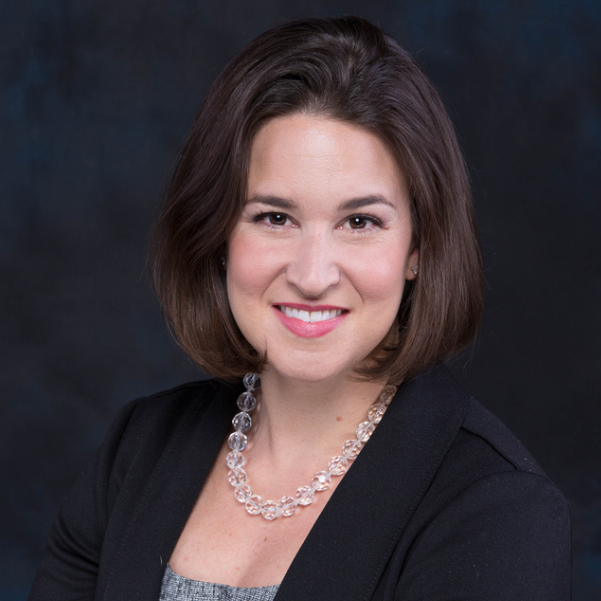
Andrea Cline PWS, CPESC
Senior Environmental Scientist
HDR Engineering, Inc.
Andrea is a biologist and planner with experience in environmental site assessment and permitting. Her experience focuses on wetland delineations, threatened and endangered species consultation, mitigation, and preparing NEPA documents. She also worked on many water quality projects, developing watershed plans and working to implement green infrastructure and monitoring plans. Andrea has experience in NPDES permitting, having worked to develop audit systems to assess compliance, as well as permit applications, site visits, and operation and maintenance plans. Andrea currently serves as a project manager and task lead with responsibilities including oversight of development and evaluation of reports, permit applications, quality assurance and control, and permit applications.
|
|
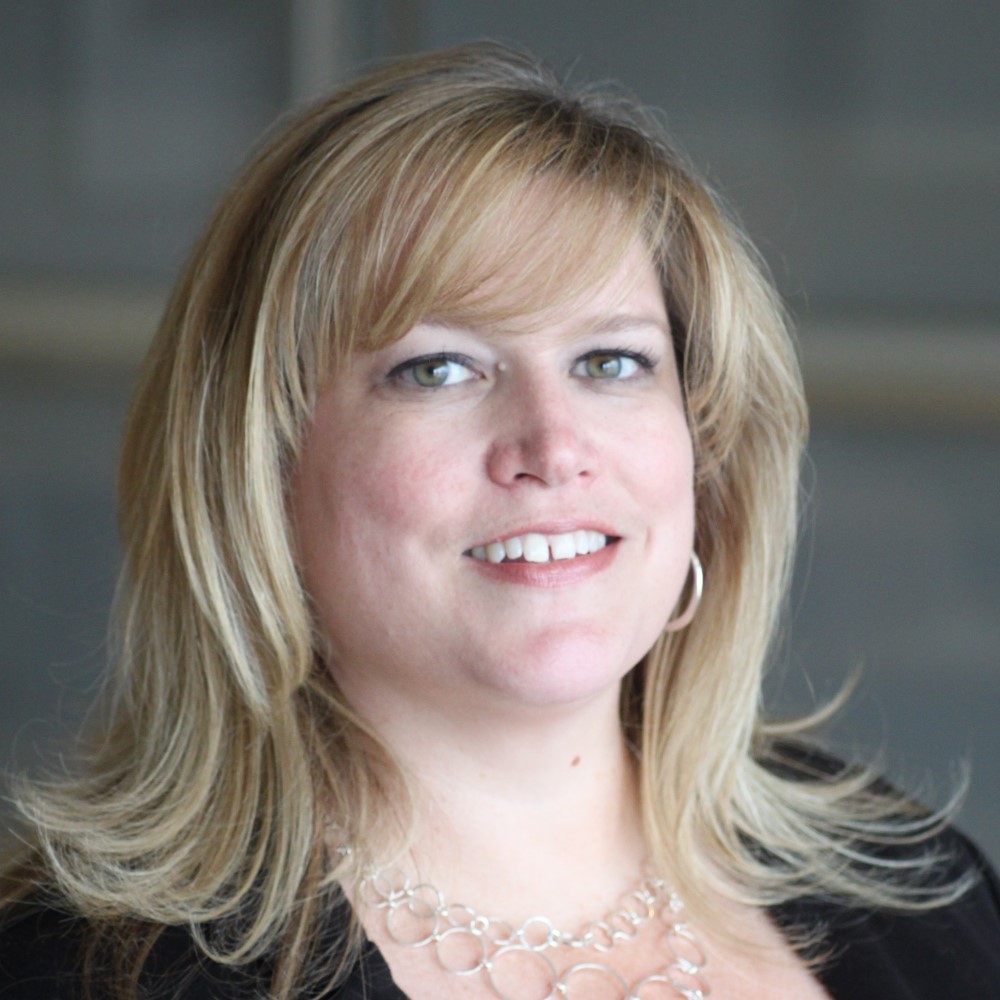
Kelly Sims CEP-IT
Senior Transportation Planner
HDR Engineering, Inc.
Kelly is a transportation and environmental planner with over 16 years of environmental experience on a variety of infrastructure projects, including planning, transportation, and water/wastewater projects in the Southwest and Midwest regions. Kelly currently serves as a project manager and task lead, working with multi-disciplinary teams to conduct resource surveys and prepare documents that comply with NEPA and lead agency requirements. She also provides grant writing and technical writing support. As part of the NEPA process, Kelly has also written plain language materials for the public and stakeholders, including project fact sheets, handouts, newsletters, and NEPA documentation.
|
Session A7.2
Case Study: Transportation Planning and Environmental Linkages (PEL) | Transportation
2:45 – 3:45 PM
| About the Presentation |
|
The Georgia Department of Transportation (GDOT) has taken steps over the last few years to increase linkages between transportation planning and environmental documentation processes to support the spirit and guidelines of the Federal Highway Administration's (FHWA) Planning and Environmental Linkages (PEL) program to reduce conflicts and integrate environmental and community values earlier into the project development and transportation decision-making process. The Infrastructure Investment and Jobs Act of 2021 has reinforced the PEL measures implemented by the Safe, Accountable, Flexible, Efficient Transportation Equity Act: A Legacy for Users (SAFETEA-LU). GDOT is currently implementing PEL in a formal PEL study for improvements along I-85 and is concurrently identifying ways to implement the essence of PEL in an informal manner across their program. In 2019, GDOT identified the need for a PEL Task Force to review opportunities for incorporating PEL into the program. This task force has transitioned into a Georgia Partnership for Transportation Quality (GPTQ) standing sub-committee with multiple initiatives across offices from Planning to Program Delivery to Environmental Services. The PEL sub-committee identified the benefits of working across offices and involving the environmental perspective in project planning to support programming of projects. Many of these benefits can be achieved with the formal PEL process, but the sub-committee concluded that many of these benefits can also be achieved through enhancements and minor adjustments to existing standardized processes with the potential to reap large gains in documentation and programming. The sub-committee conducted peer exchanges with other states DOT's related to existing PEL processes.
The goal of early planning is to program the project and identify risks to scope, schedule and budget to deliver a project that benefits the traveling public. While there are a number of opportunities for early planning scoping and planning studies, funding type and amount has the potential to influence programming. One example to reach the goal of integrating planning and environmental processes is GDOT's bridge and state estimator programs which have been utilizing a type of informal PEL process- this Project Team Initiation Process (PTIP) has been informing the setting of scope and schedule for transportation projects for several years. The PTIP team includes project managers, design engineers, structural engineers, traffic engineers, and environmental practitioners (NEPA planners and Subject Matter Experts [SMEs]). The team screens the proposed projects once they have been identified to identify risks to the project scope, schedule, or budget. Environmental risks are specifically considered because they frequently impact project scope, schedules, and budgets. GDOT has recently adopted the Risk Mitigation Guidelines as a system of identifying, assessing and mitigating risks, and that process is now documented in and shared through a Risk Register, which is initiated during PTIP. The recommendations from the PTIP are then used to set project schedules and in the development of consultant scopes of work and GDOT workflow planning.
|
| About the Speakers |
|

Aaron Caldwell
Environmental Team Lead - NEPA, Georgia Transportation
AECOM
Aaron Caldwell leads a team of NEPA professionals within AECOM's Georgia Transportation practice and has more than 18 years of experience conducting NEPA analysis and leading project environmental activities. He has contributed to highway transportation, military infrastructure and planning, coastal protection and restoration, border security, energy transportation, civil infrastructure, nuclear regulatory, and commercial and residential development projects over span of his career. His current career focus is mentoring junior staff and streamlining project delivery through early planning and environmental decision-making. He has a Bachelor of Science degree in Wildlife Conservation from Louisiana Tech University and a Master of Science degree in Wildlife from Louisiana State University.
|
|
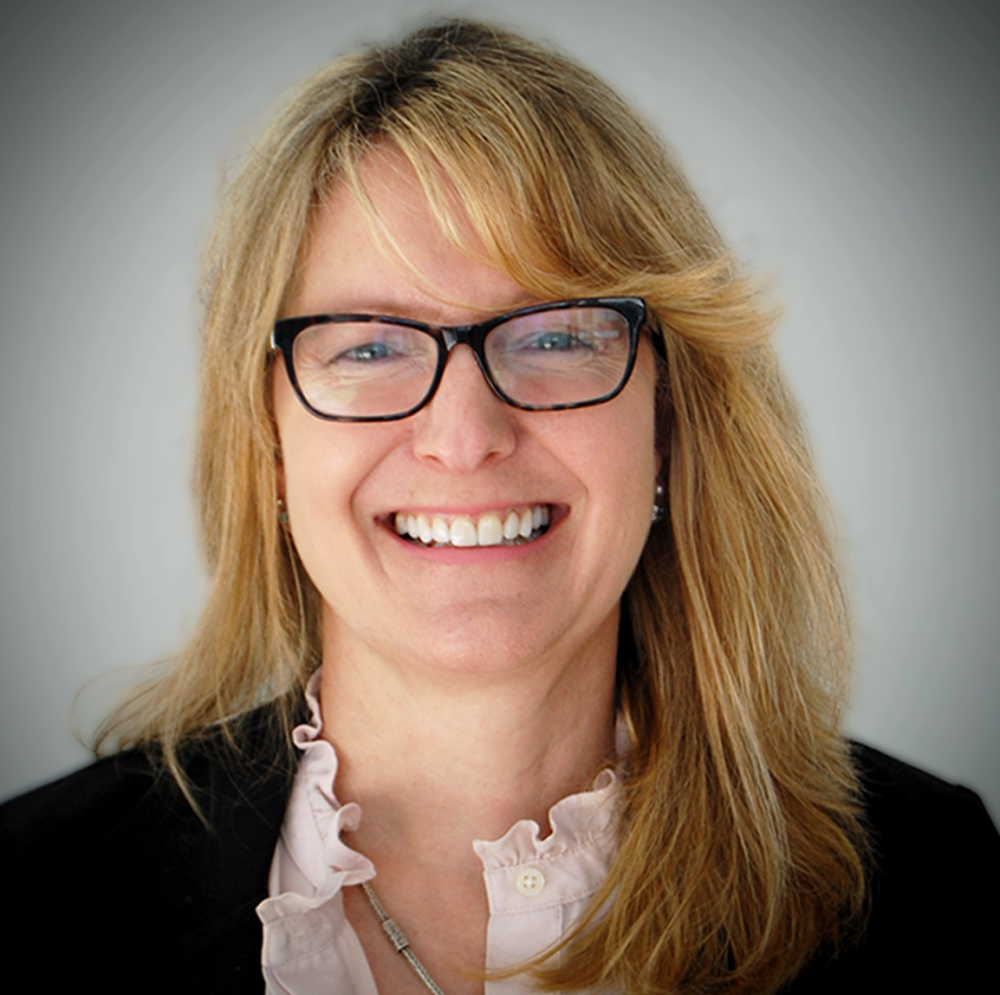
Laura Dawood
Environmental Project Manager
AECOM
Laura Dawood serves as AECOM's Atlanta Transportation Environmental Manager for a team of over 30 interdisciplinary staff. Ms. Dawood has over 20 years of experience in environmental planning/ecology. Her duties include authoring and project managing National Environmental Policy Act (NEPA) documents and environmental clearances for local, State, and Federal-Aid projects. Ms. Dawood leads interdisciplinary environmental teams and works closely with project engineers to account for environmental resources by identifying and incorporating avoidance/minimization/mitigation measures into plans. She manages NEPA, public involvement, and ecology/permitting documentation as well as develops regulatory strategies to ensure proper documentation for successful environmental clearances.
|
|

Megan Weiss AICP
Assistant State Transportation Planning Administrator
Georgia Department of Transportation
Megan Weiss, a senior manager in Georgia DOT’s Office of Planning, manages a team of planners for the Capital Region, covering three MPOs. In addition, she oversees multiple corridor studies, including the state’s first PEL Study-I-85 Corridor Study. Weiss is a graduate of Florida State University where she received her master’s degree in urban and regional planning. She has a professional planning certification (AICP) from the American Planning Association. Weiss has been with GDOT for nine years
|
Back to Top
Session B7
Shaping an Iterative Practice for Environmental Justice | EJ
2:15 – 3:45 PM
| About the Presentation |
|
Following recent historic social and racial justice movements, the federal government has renewed focus on environmental justice (EJ) to protect against disproportionate effects from governmental and commercial practices on EJ populations and to promote meaningful involvement of all people. State and local governments and private companies are following suit by developing their own EJ policies that they and their partners and consultants must follow. As a result, EJ analysts and public outreach specialists are sharpening our practice to better identify EJ populations, expand our look at existing adverse environmental effects and cultural and socioeconomic aspects, consider project effects with more intent and especially in combination with existing effects, and use our findings to effectively involve these populations in project planning.HDR understands that a successful EJ review is more than just meeting the guidelines; it's really about understanding communities and the project impact on them. An effective review process includes quantitative and qualitative data collection and analysis, public outreach and involvement, and mitigation strategy development alongside the impacted communities. This presentation will feature an overview of the origins of EJ considerations, recent EJ initiatives, effective data collection and evaluation processes, and key strategies for outreach and communication. The HDR team will draw examples from a broad range of transportation, renewables, and other projects from our environmental and strategic communications repertoire in several US regions.
|
| About the Moderator |
|
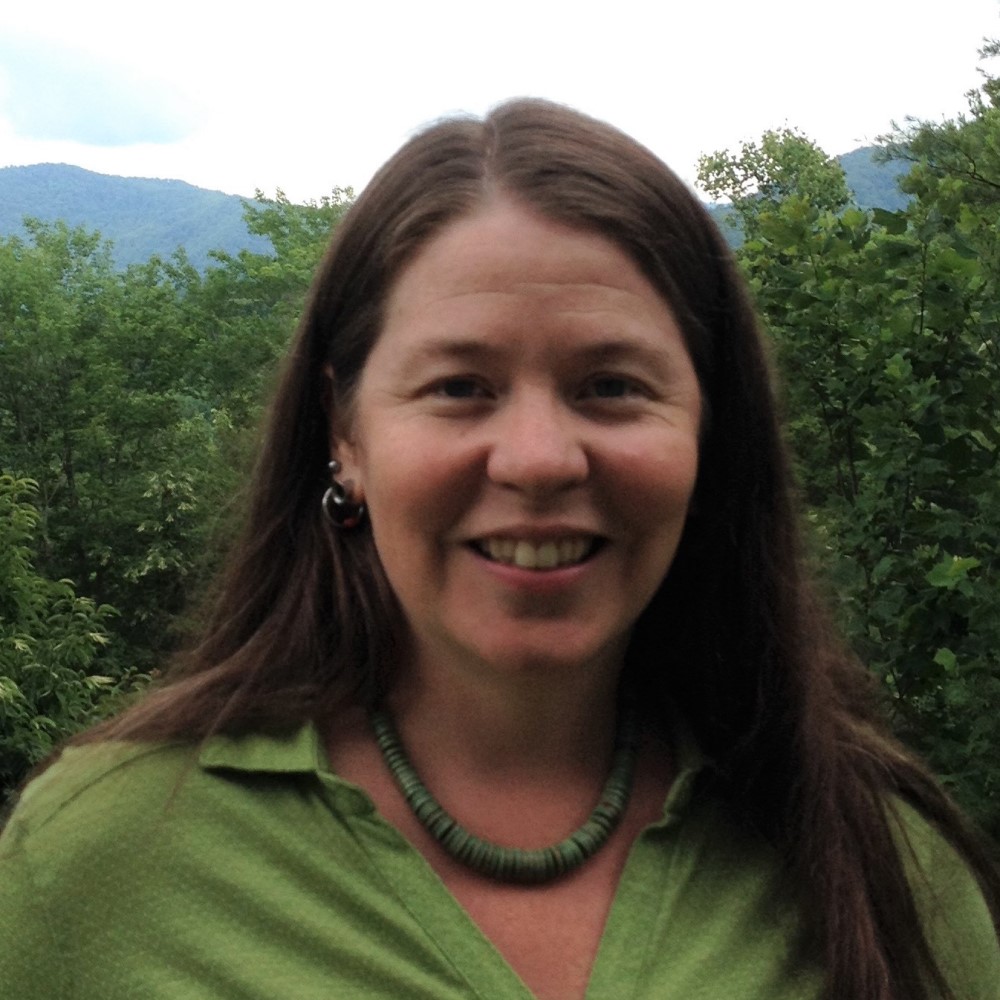
Harriet L. Richardson Seacat
South Atlantic NEPA and Environmental Planning Lead
HDR, Inc.
Drawing on 21 years of experience, Harriet conducts considerations of community characterization, environmental justice, subsistence practices, and traditional cultural places and assists with public involvement. Harriet's strengths in environmental justice analyses include utilizing quantitative and qualitative data to identify limited-income and minority populations, known neighborhoods, and communities; gaining an understanding of these populations and communities through their histories, values, and project concerns via background research and ethnographic data; and considering how these populations may be disproportionately impacted by a project through these intimate understandings. Harriet has applied these skills in multiple projects across the Southeast and other U.S. regions.
|
| About the Speakers |
|

Caroline Ryciuk
Speaker information coming soon!
|
|

Miles Spenrath
Environmental Planner
HDR, Inc.
Miles is an environmental planner who specializes in preparing, coordinating, and executing EAs and EISs in compliance with NEPA. He has 11 years of progressive experience working on a wide variety of projects throughout the country, including renewable energy (primarily solar), transportation, coal plant retirement, and natural gas. Miles has worked with various public and private sector clients including DOD (US Army, US Air Force, US Coast Guard, and US Navy), FEMA, FERC, FHWA, SCDOT, Silicon Ranch Corporation, and TVA. He also has experience with GIS mapping and analyses, EJ analyses, and collecting field data.
|
|

Sabrina Colon
Strategic Communications Business Class Leader, South Atlantic Area
HDR, Inc.
A natural relationship builder and strategist, Sabrina prides herself on recognizing the many perspectives required for achieving a shared community vision and finding ways to bring those perspectives together in a productive decision-making process. Sabrina is a skilled facilitator with a background in developing and executing charrettes, focus groups, workshops, and one-on-one interviews. Sabrina will make certain the techniques chosen will be geared toward our local audience and designed to maximize the quality of feedback. In addition to her experience in strategic planning, public involvement, brand management, and marketing, Sabrina brings proven leadership skills and 15 years of local government and nonprofit experience. Prior to joining HDR, Sabrina worked on the City of Charlotte’s largest planning and infrastructure projects. She led the communications and marketing strategy for Charlotte’s long-range capital investment program, designed to meet the current and future needs of a growing community, and for the Charlotte Future 2040 Comprehensive Plan, taking race and equity considerations into account during the engagement process.
|
Back to Top
Session C7.1
EPAs Unregulated Contaminant Monitoring Rule and the Challenges it Represents | Water
2:15 – 3:15 PM
| About the Presentation |
|
We envision a collision due to recent EPA rules; the Biden Administration attempts to ween from foreign dependence and industry concerns regarding minimizing the environmental, social, and governance (ESG) costs of acquiring essential electric vehicle (EV) materials. The fifth Unregulated Contaminant Monitoring Rule (UCMR 5) was published on December 27, 2021. Under this Rule, EPA and other interested parties are looking for data on the national occurrence of specific contaminants in drinking water. UCMR 5 requires sample collection for 30 chemical contaminants between 2023 and 2025. Consistent with EPA's Per- and Polyfluoroalkyl substances (PFAS) Strategic Roadmap, UCMR 5 will provide new data needed to improve EPA's understanding of the frequency of detection and concentration of 29 PFAS; and a 30th chemical contaminant that is of unique interest, lithium. EPA desires data regarding these contaminants in the nation's drinking water systems.
|
| About the Speaker |
|
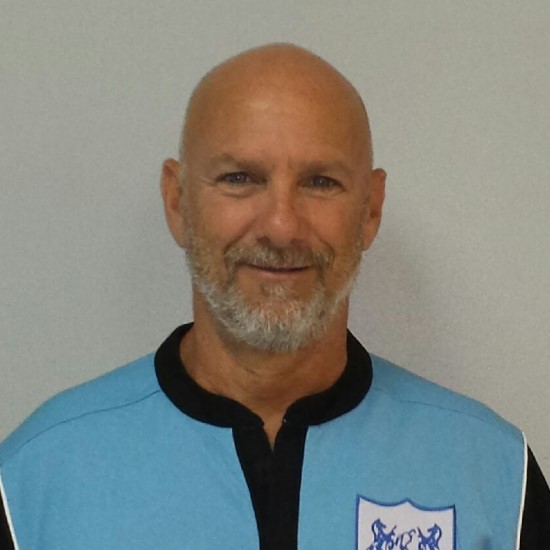
Nicholas Albergo. P.E., DEE, D. WRE, F. ASCE, F. EWRI
Founder and CEO
HSA Engineers & Scientists
Nick Albergo is a professional engineer and the founder and CEO of HSA Engineers & Scientists. With nearly 400 professionals, HSA was sold to GHD in 2012. Nick has spent decades working with industry stakeholders and governmental officials on hundreds of projects. He is often called upon as an expert witness. He remains on the engineering faculty at the University of South Florida. He holds patents and has authored over 185 publications in the fields of environmental and chemical engineering. Beyond his domestic efforts as a consultant to industry, he has worked abroad as an advisor to other foreign Governments, private sector corporations, and international lending institutions.
|
Session C7.2
Climate Modeling for Brine Management and Evaporation Pond Design | Water
3:15 – 3:45 PM
| About the Presentation |
|
Brine management methods can and will typically become the limiting and deciding factor of when and how to implement membrane technology for inland desalination and water treatment. This is attributed to varying complexity, climate, and costs associated with the technical and regulatory considerations. Brine management decisions depend on a range of variables including disposal with or without treatment to minimization prior to disposal. The ability to identify and quantify the complexities of how brine management methods impact the feasibility, design, operations, maintenance, and costs of those projects is key to success. The local and global practice of desalination for water and water reuse projects continues to increase along with the need for effective brine management strategies to support the long-term success of such water infrastructure and is a key foundation to meeting our community's needs. When evaporation ponds are implemented for inland brine management they become the limiting, end-of-the-line component to your project and must be designed in concert with the water treatment system, account for climate variability, and sufficient flexibility for a myriad of planned and unplanned operational scenarios.
This presentation will detail various approaches to developing holistic and robust climate and evaporation models for use in brine evaporation basin design relating to inland desalination and membrane processes, quantify how to accommodate and evaluate impacts from climate change focusing on local and regional climatology, and discuss the implementation of enhanced evaporation, all based on real-world projects across the Southwest U.S.
|
| About the Speaker |
|
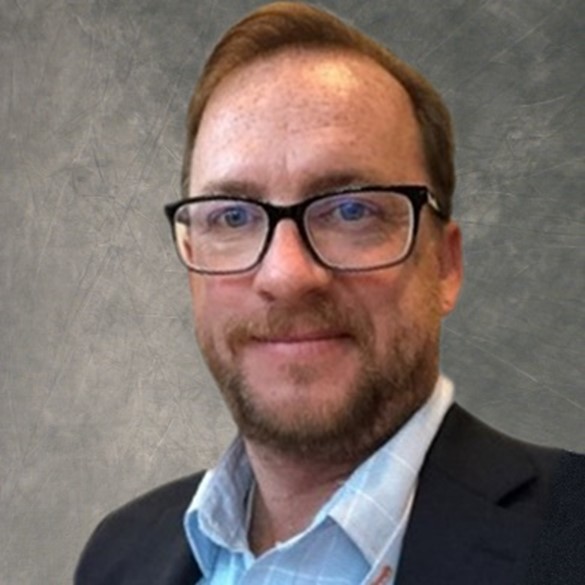
Frederick Tack MS, PE, D.WRE, ENV SP, M.ASCE
Technical Director
GHD Inc
Frederick serves as a Technical Director and is an Associate with GHD, based in Arizona where he leads a team of engineers, operators, designers, and professionals in the engineering, operations, management, and compliance of water and wastewater treatment infrastructure across the U.S. Southwest. He is a licensed civil engineer, board-certified water resource engineer, and certified sustainability professional. Frederick is an alumnus of Arizona State University, and is also a certified water and wastewater operator and has led the day-to-day operations, maintenance, compliance, and optimization of public and private water and wastewater treatment facilities including membrane-based advanced water treatment and brine management facilities.
|
Back to Top
Session D7.1
Social Cost of Carbon: Defining Externalities in Overburdened Communities (OBCs) | Climate
2:15 – 3:15 PM
| About the Presentation |
|
The social cost of carbon (SCC) is the marginal cost of the impacts caused by emitting one extra ton of greenhouse gas at any point in time, inclusive of 'non-market' impacts on the environment and human health. The SCC is used by policymakers and is ideally universal, but it has been widely stated that overburdened communities (OBCs) bear an undue burden of climate impacts and health impacts related to co-pollutants like PM2.5. Much of this stems from historic proximity to more carbon-intensive sources, location in cities and near coastlines, and less capacity to respond to these impacts as they arise. Do current SCC estimates take representative externalities into account? Data from the Lawrence Berkely Labs, the US Climate Alliance, the Institute for Sustainable Communities, the Pennsylvania Department of Environmental Protection (PADEP), and Department of Energy will be utilized to establish baselines within OBCs and outside of OBCs. Philadelphia will be used as a case study utilizing their aggregate defined OBCs. Emissions impact modeling (InMap and GIVE) and the EPA's recent Social Vulnerability report will be used for the health impacts.
As offshore wind projects are developed up and down the Atlantic Coastline, many cities such as Philadelphia will be subject to increased industrial activity. Over the 25-30 year lifespan of these projects, there are immense climate and air quality benefits. Using the Bureau of Ocean Energy Management's (BOEM) emissions estimating tool, one can project thousands of tons of carbon dioxide equivalent (CO2e) savings during this extended period. However, the majority of emissions from an offshore wind (OSW) project occur during the 2-3 year construction period. How will these impacts, combined with impacts from other large infrastructure projects, and intrastate emissions affect environmental externalities for the area over time? Can we expect any sort of temporary rise in ambient air concentrations in the coming years? Assumptions will be made based on estimated activity in the area for certain years and the associated range of emissions from each type of major project. Ambient emission concentrations and associated externalities will be modeled for the Philadelphia area from 2023 through 2035. If forecasts show elevated environmental and health impacts in OBCs compared to non-OBCs through certain periods, the data could help inform policymakers for potential future actions. Whether through rebate programs, adjusting the SCC used in local models, subsidies, or environmental mitigation efforts, there are numerous actions that policymakers can select. EJ Communities have fought hard for OSW projects and the many benefits, the least we can do is examine ways to minimize associated cumulative impacts during construction periods.
|
| About the Speakers |

Jyoti Agarwal Ph.D.
Director, Environmental Programs
Covanta
Jyoti has worked in the environmental field for 20+ years and believes that the private sector’s agility and collaborative spirit can do good. Jyoti has been with Team Covanta in the Corporate Environmental & Sustainability Group in Morristown for the past 6 years ago. Covanta is one of the leading sustainable solutions-oriented materials management companies in North America with 70 facilities and a team of 4000 employees. Jyoti serves as the Chair of RISE: Women at Covanta, Employee Resource Group, promoting a diverse & inclusive work culture.
Prior to Covanta, Jyoti spent 10 years as an Environment & Sustainability professional with environmental consulting companies Bureau Veritas and First Environment as an independent Lead auditor for Greenhouse Gas disclosures, building ISO14001 Environmental Management Systems and supporting environmental transactions for M&A.
Jyoti has a Ph.D. in Environmental Sciences from Rutgers University, New Brunswick, a Master of Science in Environmental Science from New Jersey Institute of Technology in Newark, and an undergraduate degree in Biology from Saint Peters University in Jersey City.
|
|
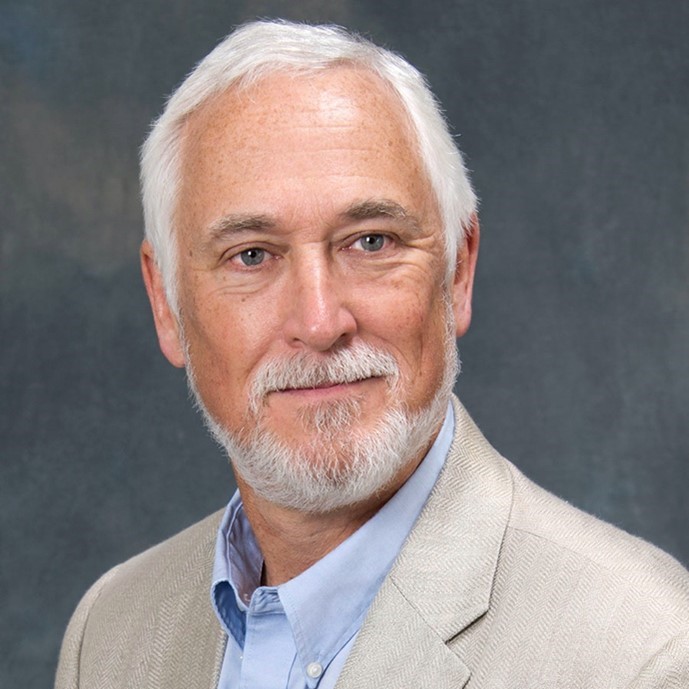
Kenneth Richards
Professor & Economics and Law Scholar
Indiana University
Dr. Kenneth Richards is an economics and law scholar specializing in environmental economics and the selection and design of environmental policy tools including environmental taxes, carbon offsets, marketable allowances, public information campaigns, regulations, and subsidies. His work combines academic research and policy advice to policymakers and the private sector.
|
|
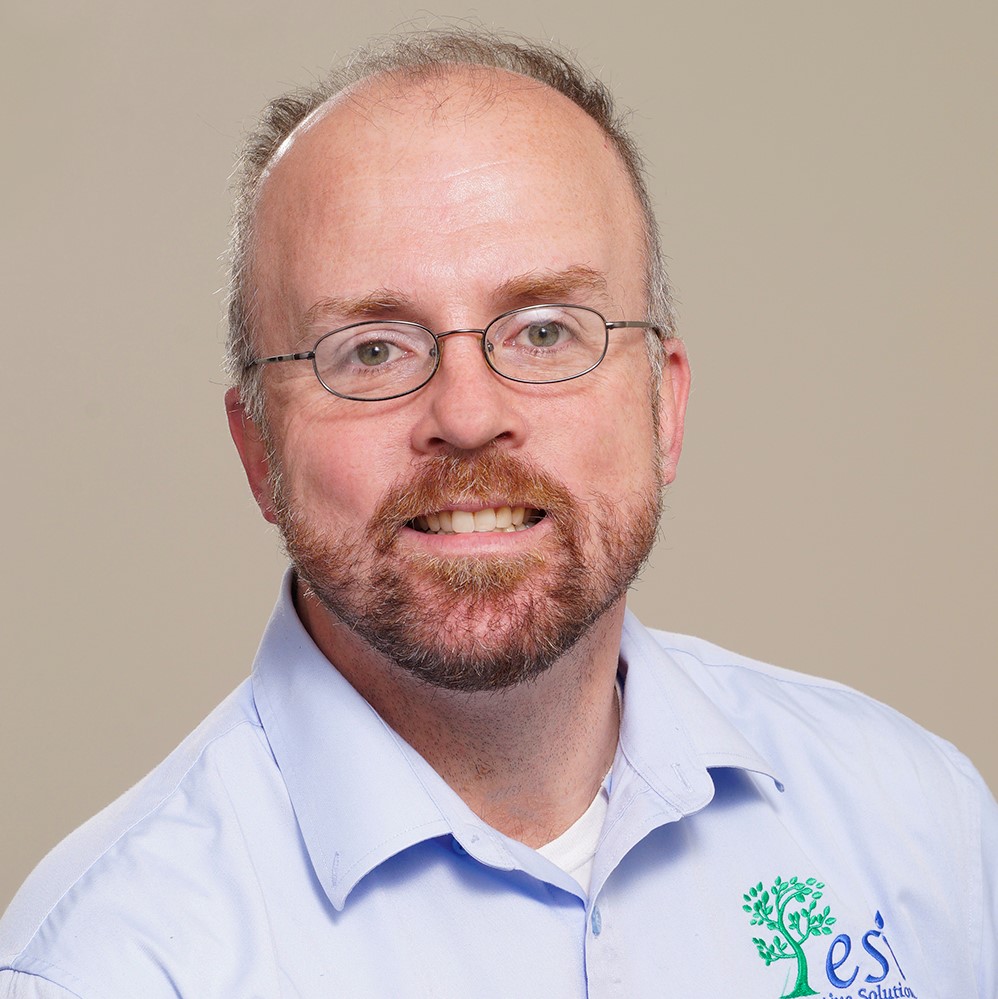
Chris Whitehead QEP, CESM
Air Practice Leader
Enviro-Sciences
Chris Whitehead is the leader of ESI's air compliance practice. He has fifteen years of air quality compliance management consulting experience and has been a national client manager for multiple Fortune 500 companies across numerous sectors. Chris most recently has been heavily involved with environmental justice regulatory developments and has led the air teams for commercial offshore wind projects in New England and the Mid-Atlantic. He has an M.S. in Environmental Management and Policy from American Public University, a B.A. in Political Science from the Loyola University of Chicago, and a Sustainability Program Management certificate from Massachusetts Institute of Technology.
|
Session D7.2
Watershed Climate Risk Assessments: Evaluating and Managing Water Risk | Climate 3:15 – 3:45 PM
| About the Presentation |
|
Climate change is projected to impact air and water temperatures, annual precipitation patterns, extreme precipitation and flooding events, and drought patterns, all of which have the potential to adversely impact local, regional, and national water supplies. In this scenario, the likelihood and intensity of climate change risks for these water-related parameters exponentially increase, creating conditions that impact the quality and availability of water resources for industry demands. This uncertainty and variability around water supplies can interrupt energy generation processes and the production and distribution of goods, and ultimately negatively impact costs and business revenues. Both the direct and indirect impacts of climate change on water resources can be extensive and complex, and include a variety of sectors. Therefore, understanding potential risks to the water supply for entities relying heavily upon water for business and operations is essential to protecting assets and building resilience.
This presentation highlights the process of assessing water-related climate risks and enhancing resilience by analyzing the climate change-induced risk that can threaten assets, operations, and employees. A watershed risk assessment enables an entity to identify and understand potential risks present throughout their water supplies. Assessments typically focus on regional watershed trends and evaluate the primary water-related climate risks to key assets and operational processes. Assessment results provide a holistic view of current and potential future risks. They also inform public disclosures, mandated or voluntarily, on relevant environmental and physical climate-related risks and opportunities, including responding to environmental, social, and governance (ESG) disclosure frameworks and other voluntary sustainability reporting programs.
Watershed risk assessments can also serve to identify additional areas of vulnerability requiring future consideration and assessment. Typical next steps include assessing the watershed risk management strategies of the entity, further analyzing key asset vulnerabilities, implementing actions to harden infrastructure against both water scarcity and flooding conditions, and enhancing the overall adaptive capacity of the entity's water supply. Climate science and our understanding of the associated impacts to water resources are continuously evolving. Thus, risk assessments should not be considered static, but rather be updated periodically or intermittently if warranted by changes in climate conditions and regional water supplies, and as new technologies and climate science become available. This presentation will review the core tenants of a watershed risk assessment through the lens of two regional case studies of work completed within the past year. Both assessments reviewed and analyzed the regional water supplies of energy utilities to identify general risks to each component of their energy generation processes, which heavily rely upon water for operations. These case studies will feature a suite of relevant tools used to understand drought, water stress, streamflow, extreme precipitation, and more in baseline and projected conditions.
Session Objectives:
- Elevate urgency behind evaluating projected climate conditions impacts on water resources at a local level
- Provide relevant background on how to conduct watershed risk assessments and the relevant easy-to-use tools to aid in these assessments for looking at climate and water
- Review energy utility case studies of these assessments to ground the discussion
- Highlight the complex relationship between energy, water, and land in the face of climate change
|
| About the Speakers |
|
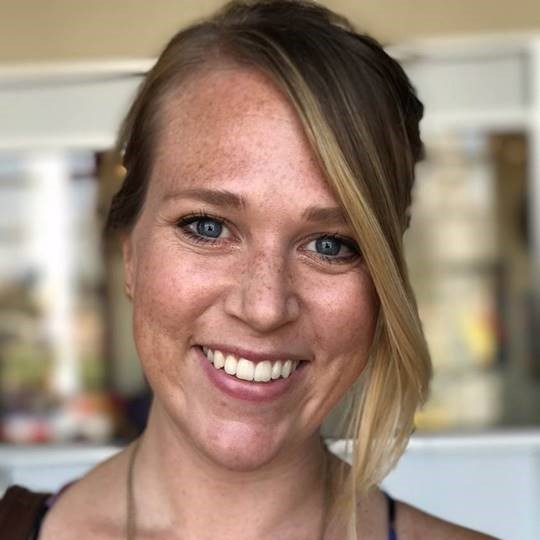
Claire Still, MPH, ENV-SP
Sustainability Specialist
AECOM
Claire Still is a sustainability specialist with over 7 years of experience building, improving, monitoring, and evaluating client programs and operations to work toward more sustainable and resilient practices. Claire's experience includes climate change vulnerability and adaptation, sustainability planning, environmental justice, GHG inventories, ESG disclosure and reporting, climate mitigation, and resource usage reduction. She has supported a diverse group of clients including public transit, airports, energy utilities, manufacturing companies, and local, state, and federal government. Claire has also previously worked for the Centers for Disease Control and Prevention, U.S. Geological Survey, CARE, and Green Corps.
|
|
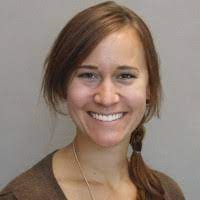
Ali Molthen, CC-P
Decarbonization & Climate Resilience Specialist
AECOM
Ali Molthen is a sustainability specialist with over 11 years of professional experience in decarbonization, resilience, and climate adaptation planning. Ali's experience includes climate and water risk vulnerability assessments and management plans, climate action plans, GHG inventories and forecasting, net zero planning, resilient alternatives assessments, fleet electrification studies, and NEPA climate change analyses. She has worked with a variety of sectors and clients to bring holistic and comprehensive climate and sustainability planning solutions, including the federal, utility, municipal, and manufacturing industries, and across various regions throughout the U.S., as well as in the U.K., Canada, and Australia.
|
Back to Top
Session E7.1
Historical Significance of Poland-Walker Tunnel and Remediation Pathways | Waste
2:15 – 2:45 PM
| About the Presentation |
|
The Poland-Walker Tunnel is an abandoned mine feature that transported ore from gold mines in the Bradshaw Mountains in the early 1900s. Mules and small donkeys hauled ore carts to excavate the tunnel from both the Poland entrance in the southeast and the Walker entrance in the northwest. The tunnel was completed in 1904 and is estimated to be approximately 8,000 feet long. Ore transported by mules through the Poland-Walker Tunnel could then be transferred to a railroad along Big Bug Creek. The tunnel shortcut saved the Walker area gold mines from a 14-mile journey by mule through the Bradshaw Mountains. By 1930 all gold mines in the area closed down and the Walker entrance collapsed. The Poland side is partially collapsed and currently discharges mine-impacted water to Big Bug Creek, located approximately 400 feet south of Poland Mine.
The Poland-Walker Tunnel was an engineering success and instrumental to the development of the mines in the Bradshaw Mountains. The National Register of Historic Places (NRHP) lists the tunnel as historically significant, however, the discharge from the tunnel is a source of surface water quality impairments in Big Bug Creek. The 2022 Water Quality in Arizona 305(b) Assessment Report lists the headwaters of Big Bug Creek as impaired for cadmium and zinc. Recent water quality monitoring performed by Arizona Department of Environmental Quality's Watershed Improvement Unit has confirmed the tunnel discharge and runoff is a significant source of the impairments. The Department's mission is to protect and enhance public health and the environment. We must also consider best management practices to preserve the historical significance of the tunnel when evaluating remediation options. Successful remediation of the mine-impacted water discharging from Poland-Walker Tunnel will rely on collaboration and guidance from the State Historic Preservation Office, State Mine Inspector's Office, and Prescott National Forest.
|
| About the Speaker |
|
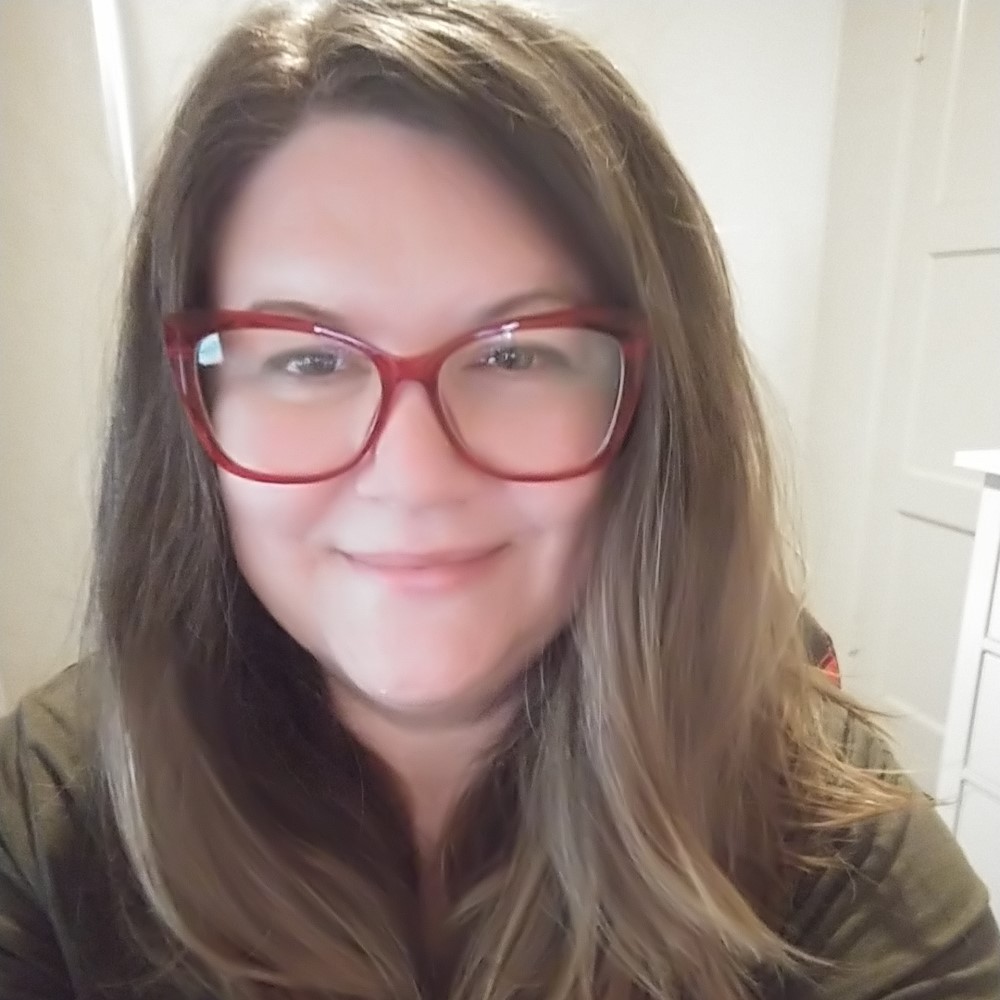
Kelly Hermanson B.S., Geology, Registered Geologist (AZ)
Associate Hydrogeologist
Arizona Department of Environmental Quality, Watershed Improvement Unit
Kelly Hermanson has a bachelor of science degree in geology from Arizona State University. She is an Arizona Registered Geologist specializing in hydrogeology with over 18 years of experience. Her passion for hydrogeology has provided her opportunities to work on a range of projects from the Arctic Circle to the Amazon rainforest. Kelly is proud to call Arizona her home and to continue applying her expertise to the Watershed Improvement Unit at the Arizona Department of Environmental Quality.
|
Session E7.2
In Situ Bioremediation of Chlorinated Solvents and 1,4-Dioxane in Groundwater | Waste
2:45 – 3:15 PM
| About the Presentation |
|
The purpose of the In Situ Bioremediation (ISB) system was to promote biodegradation of chlorinated solvents in groundwater via carbon source injection along with key microbes in the source areas. Through this approach we not only effectively degraded harmful contaminants in groundwater but also retained this precious resource for future beneficial uses. There are two distinct plumes at this site and both contain elevated concentrations of various chlorinated volatile organic compounds (cVOCs): tetrachloroethene (PCE), trichloroethene (TCE), cis-1,2-dichloroethene (cis-1,2-DCE), and 1,1-dichloroethene. The western plume contains elevated levels of 1,4-dioxane, an emerging contaminant. Approach/Activities. A pair of recirculation wells was installed to inject carbon sources and microbial consortium into the groundwater.
The injection amendments included: 1. biostimulation with two types of carbon substrates to sustain the microbial population and support biodegradation of the contaminants, and 2. Injection of Dehalococcoides microbial consortium (BAC-9) to promote complete degradation of the contaminants. The second phase involved air sparging along with the injection of a different microbe, Pseudonocardia dioxanivorans CB1190 to biodegrade 1,4-dioxane and some CVOCs. A monitoring program was developed to evaluate the effectiveness of the treatment system, which included field parameters, cVOCs,1,4-dioxane, key microbial populations and genes, and geochemistry.
Results/Lessons Learned: Within one month after injecting the carbon substrates, an increase was observed in the total organic carbon in downgradient monitoring wells. Within two months after the carbon source injection, a significant decline in dissolved oxygen levels to less than 0.5 mg/L was observed in the downgradient impacted wells, which supported an environment that was conducive to the key microbes. Within six months after in situ treatment, there was more than a one to three order of magnitude decrease in concentrations of PCE, TCE and cis-1,2-DCE in downgradient wells, which has been sustained for more than two years. Bioaugmentation of the western plume using CB1190 showed approximately a 50 percent reduction in 1,4-dioxane, along with a significant decrease in cis-1,2-DCE and vinyl chloride. This presentation will discuss how the distribution of the various amendments significantly impacted the biodegradation of the chlorinated ethenes and 1,4-dioxane in groundwater, and how this approach can efficiently treat high levels of contamination in groundwater down to drinking water levels and preserve a valuable resource for future use.
|
| About the Speaker |
|
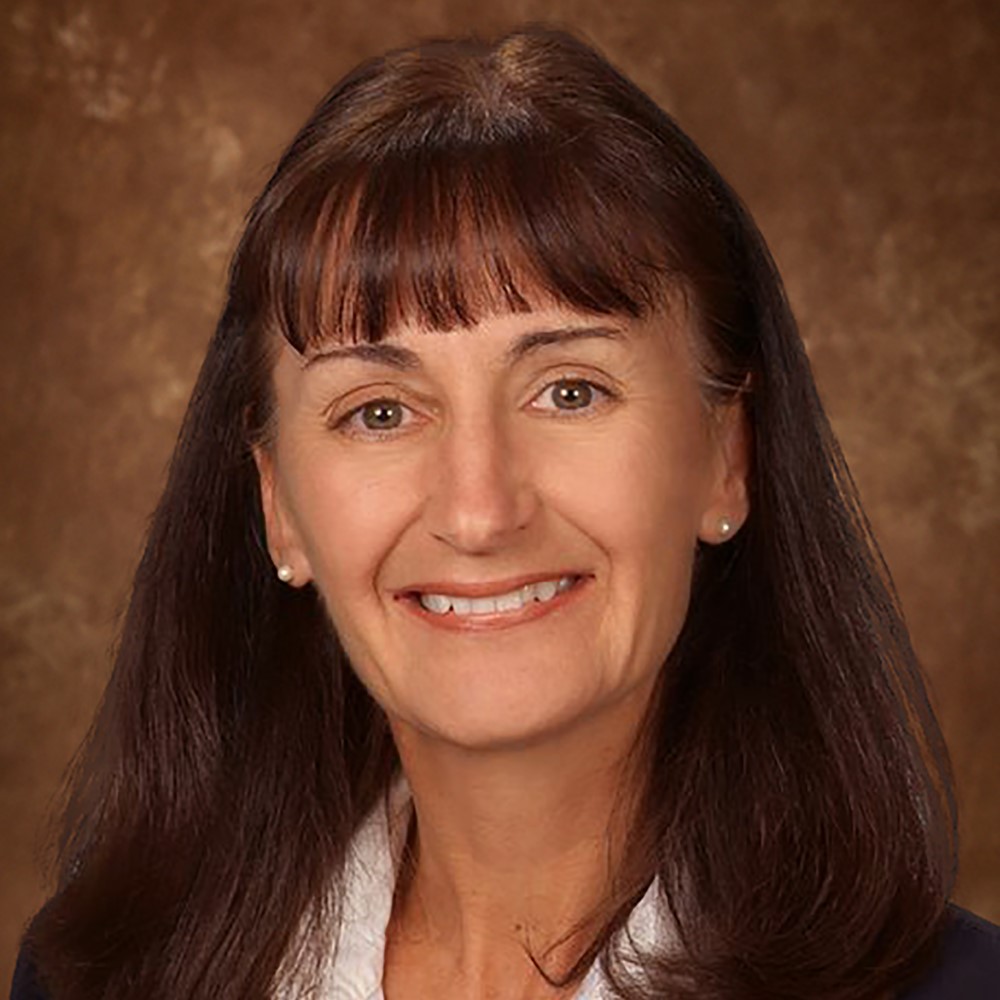
Laurie LaPat-Polasko QEP, PhD
In Situ Bioremediation of Chlorinated Solvents and 1,4-Dioxane in Groundwater
Matrix New World Engineering
Dr. LaPat-Polasko has more than 29 years of experience in groundwater and soil remediation. She combines her knowledge of microbiology with a background in civil engineering to develop cost-effective remediation solutions for sites impacted by organic and inorganic compounds. She has treated a wide variety of contaminants. Dr. LaPat-Polasko has taught graduate courses in remediation at Arizona State University, where she is an adjunct faculty member. She received the 2018 Gold Medal Stevie Award for Woman of the Year in Technology. PhD, Microbiology, University of Maryland, College ParkEngineer, Civil Engineering, Stanford UniversityMS, Civil Engineering, Environmental Engineering, Stanford UniversityBS Biology, Chatham University
|
Session E7.3
Soil Contamination by Ionizing Radionuclides: The Radioecology of Gamma Rays | Waste
3:15 – 3:45 PM
| About the Presentation |
|
Ionizing radionuclides are of great practical use but also represent a potential danger in the form of indiscriminate use and disposal. Hence, ionizing radiation is a unique pollutant that requires novel ecological approaches and concepts to outline the resulting environmental outcome. However, little is known of the effects of ionizing radiation exposure on soil biota. Soil is mostly not sterile and holds a huge undiscovered microbial life. As a result, when these environments and the microbial processes that sustain them are exposed to significant radiation doses, the consequences are unpredictable because absorbed doses and rates are difficult to predict since they are mostly heterogeneous and dependent on the activity of the radiation type and decay dynamics. For instance, between exposure levels of 0.1 kGy/hr and 3 kGy/hr over time, bacterial diversity decreased while the diversity of fungi and algae increased, perhaps because of release from the competition. Despite the decrease in the diversity of bacteria and of biota overall, functional gene diversity of algae, bacteria, fungi, and total biota increased. Thus, cycles of radiation exposure may increase the range of gene functional strategies viable in the soil, which is a novel ecological example of the effects of stressors or disturbance events promoting some aspects of diversity. Repeated density-independent population crashes followed by population expansion may allow lottery effects, promoting coexistence. Radiation exposure produced large overall changes in community composition. Moreover, several novel radiation-tolerant groups may evolve perhaps owing to resistance by radiation-stressed cells. and increased occurrence of DNA-repairs-related genes increased; as might be expected for selection for DNA repair mechanisms. Radioecology studies may consider the resilience and sustainability of soils in addition to exploring the extent to which soil microbial species dominate in relation to soil type and sustenance of soil functions. Soil microbial community may remain viable under differing doses of ionizing gamma irradiation.
|
| About the Speaker |
|
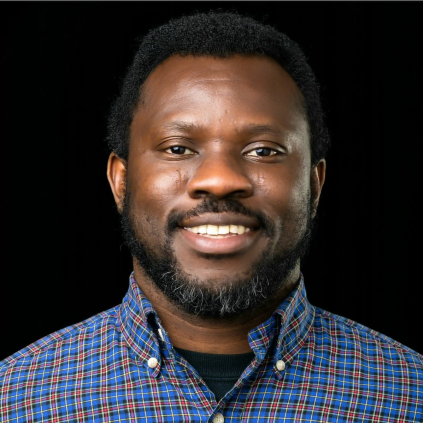
Matt Ogwu
Assistant Professor of Integrated Ecology and Sustainable Development
Appalachian State University
Dr Matthew Chidozie Ogwu is an Assistant Professor of Integrated Ecology and Sustainable Development at Appalachian State University, USA. He is an interdisciplinary academic with transdisciplinary skills and diverse convergence research interests pertinent to the assessment of coupled human and natural as well as socio-ecological systems and has numerous awards, research grants, and scholarships to his name. Dr. Ogwu serves on the board of and as a reviewer for many peer-reviewed journals. He continues to volunteer his time and skills to promote sustainable development.
|
Back to Top
Back to Schedule
|





















